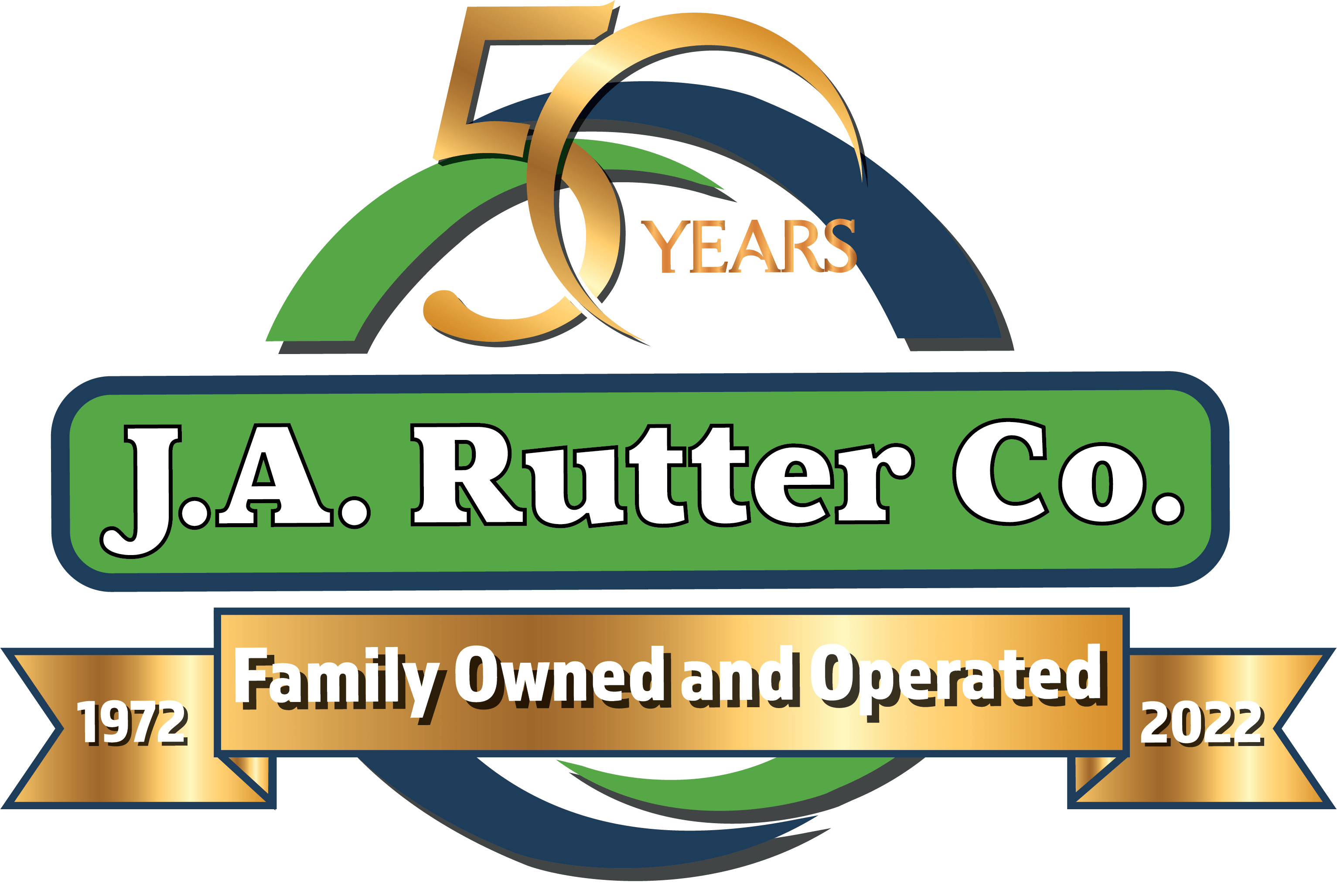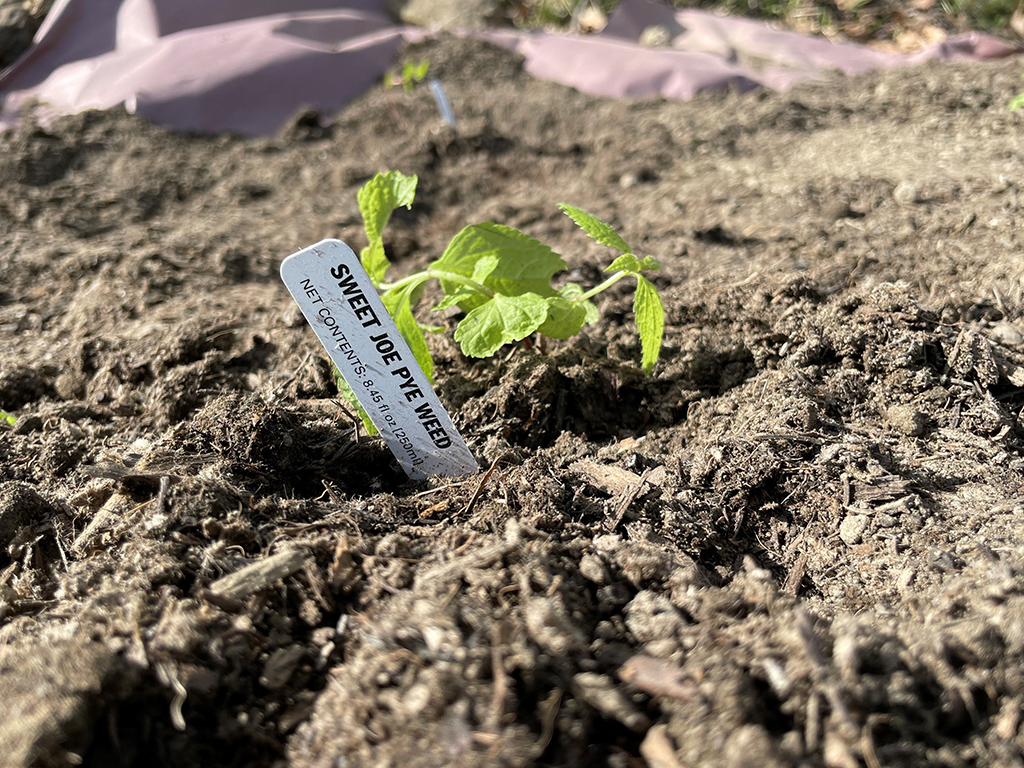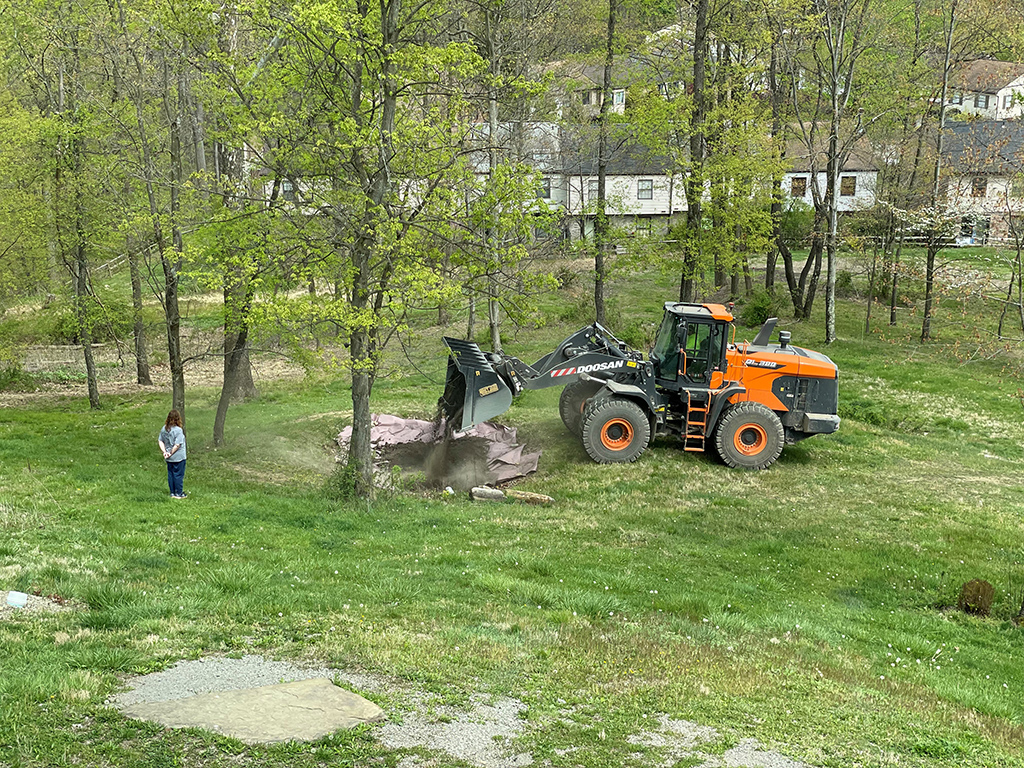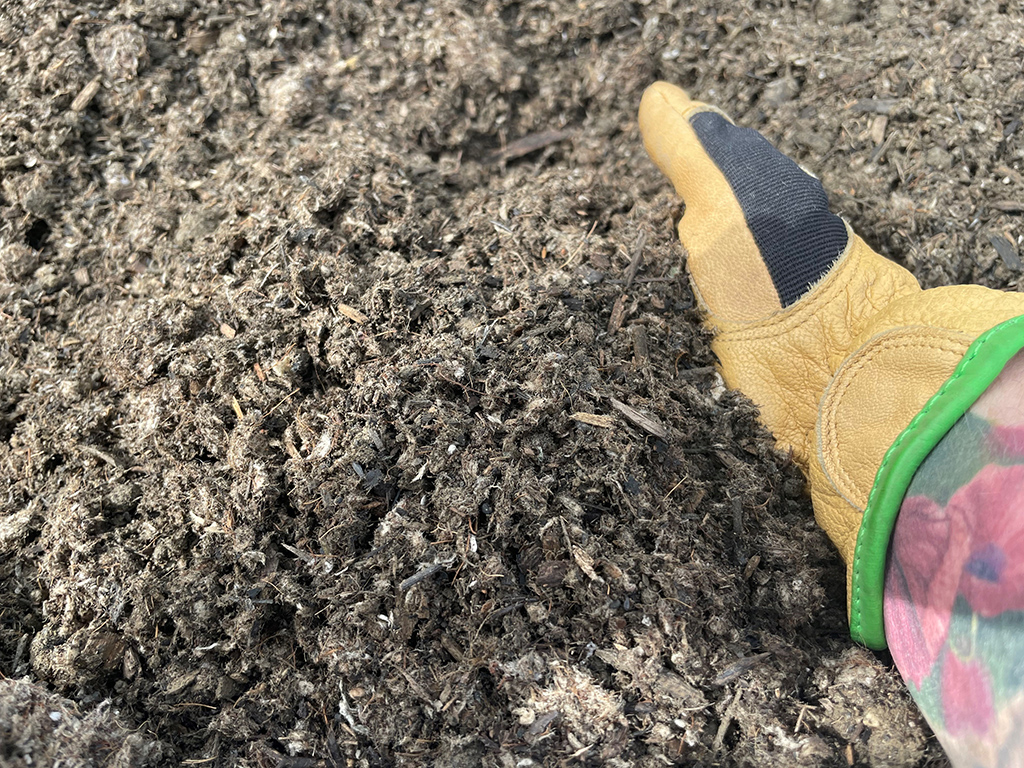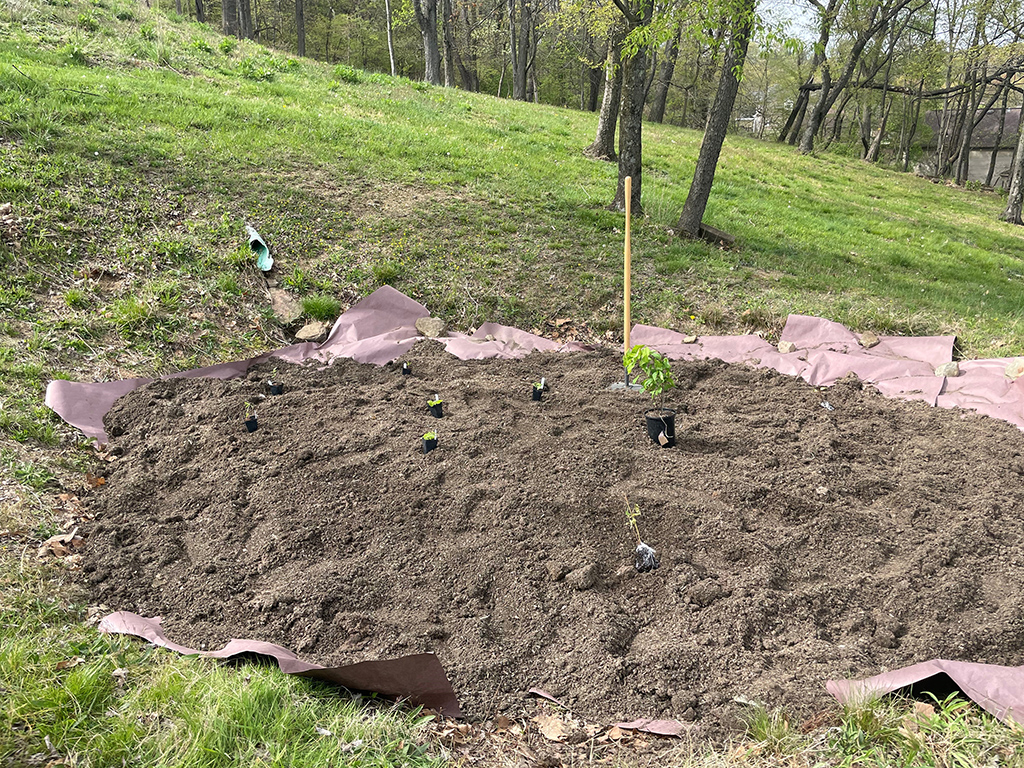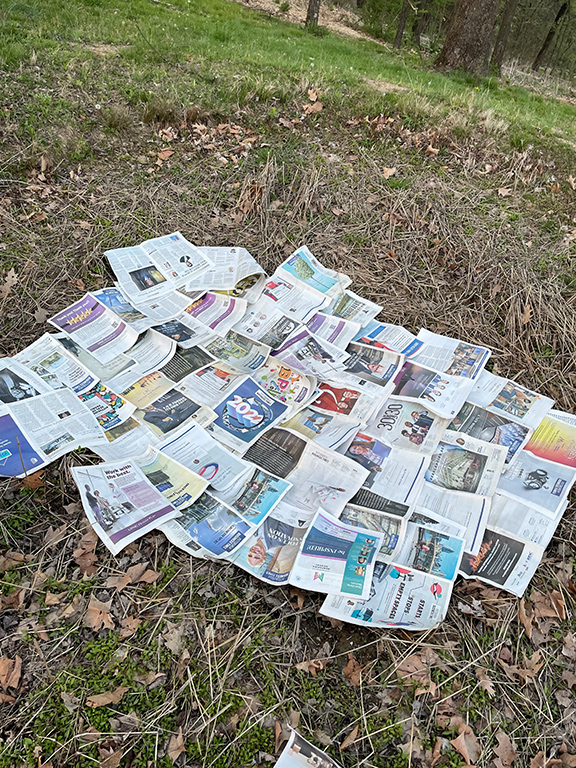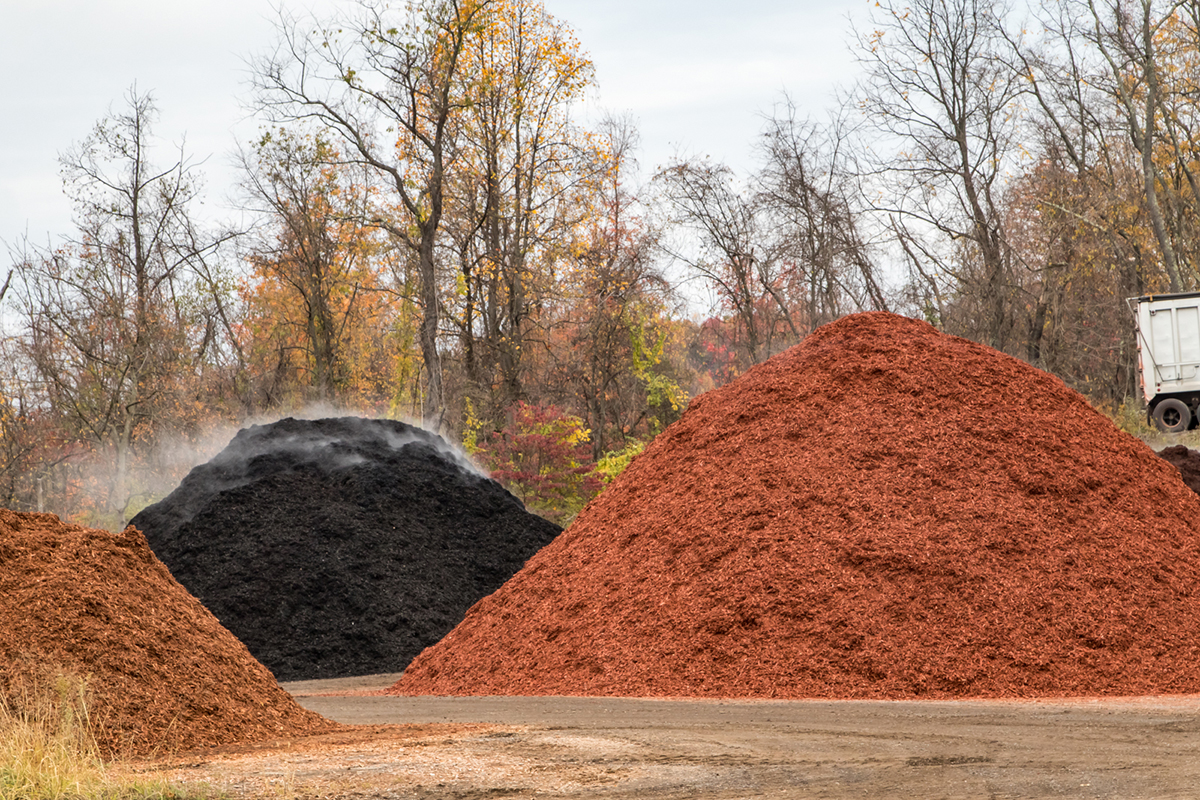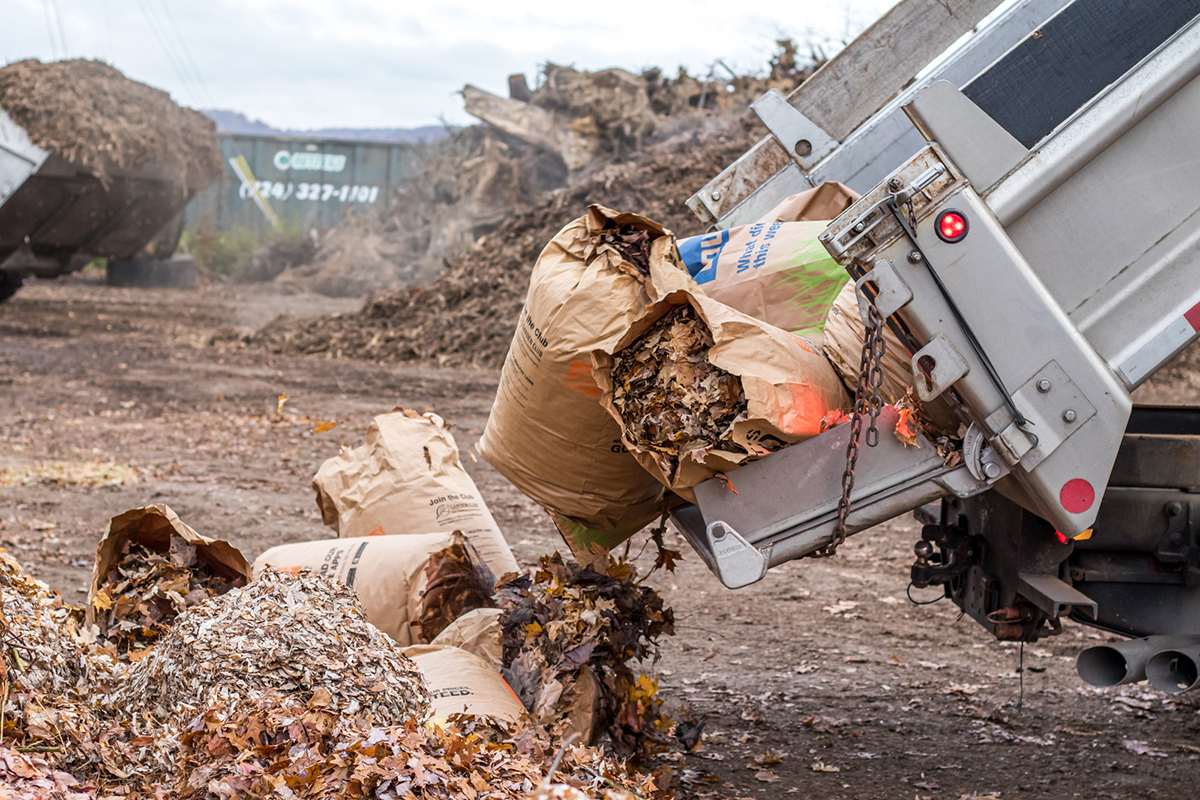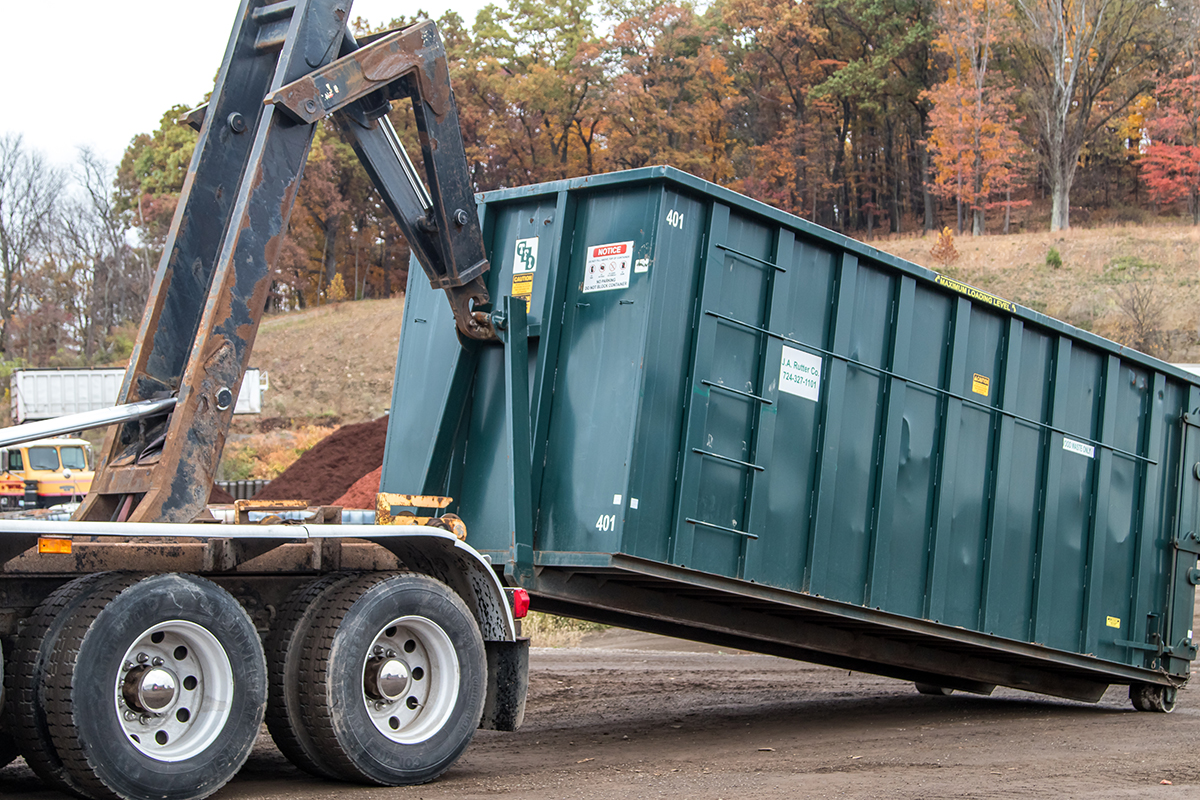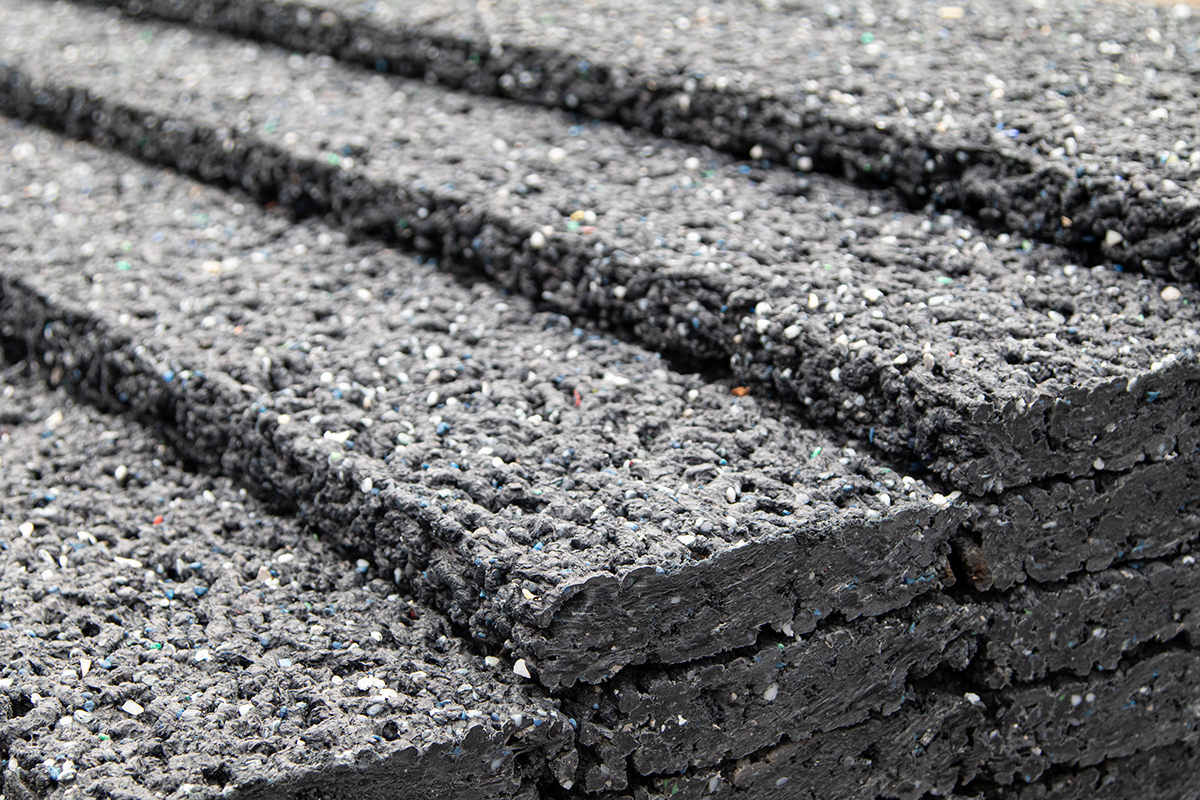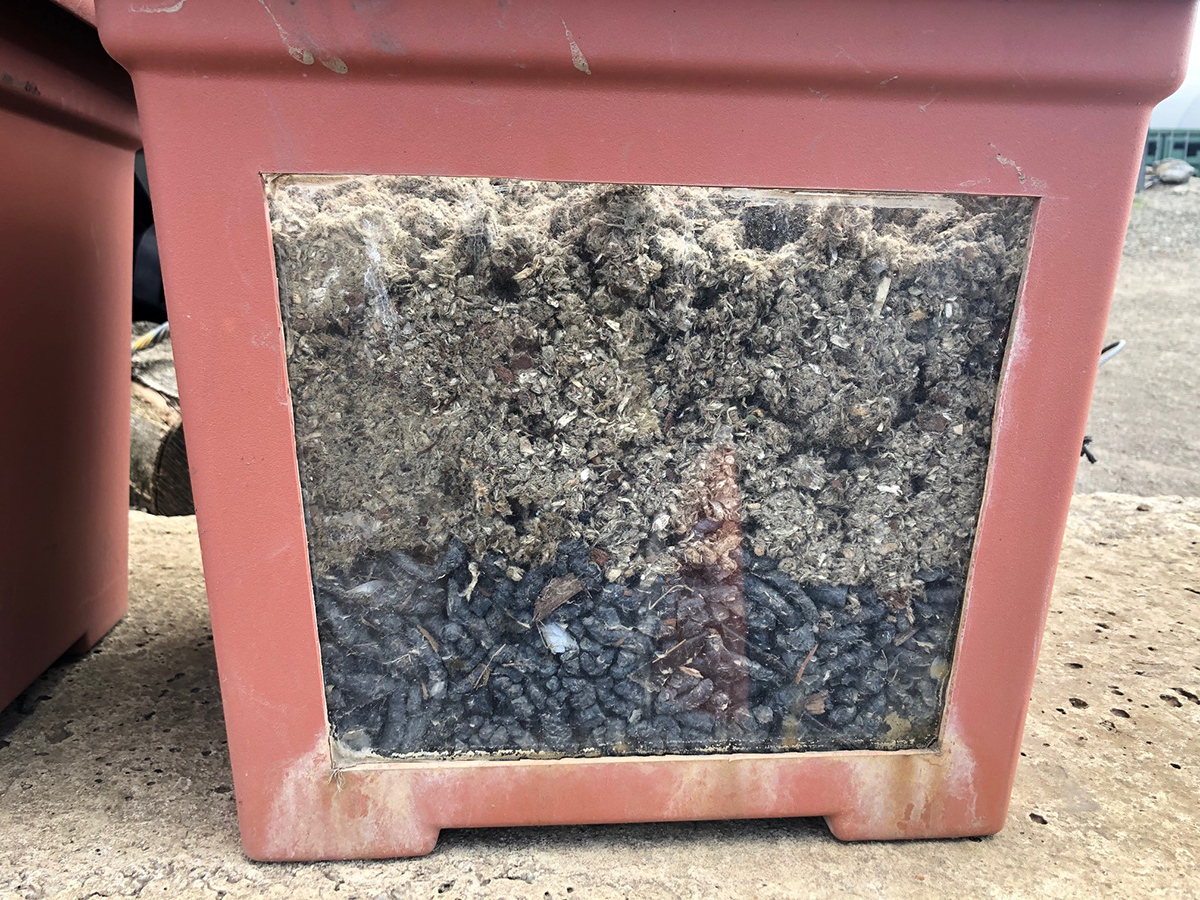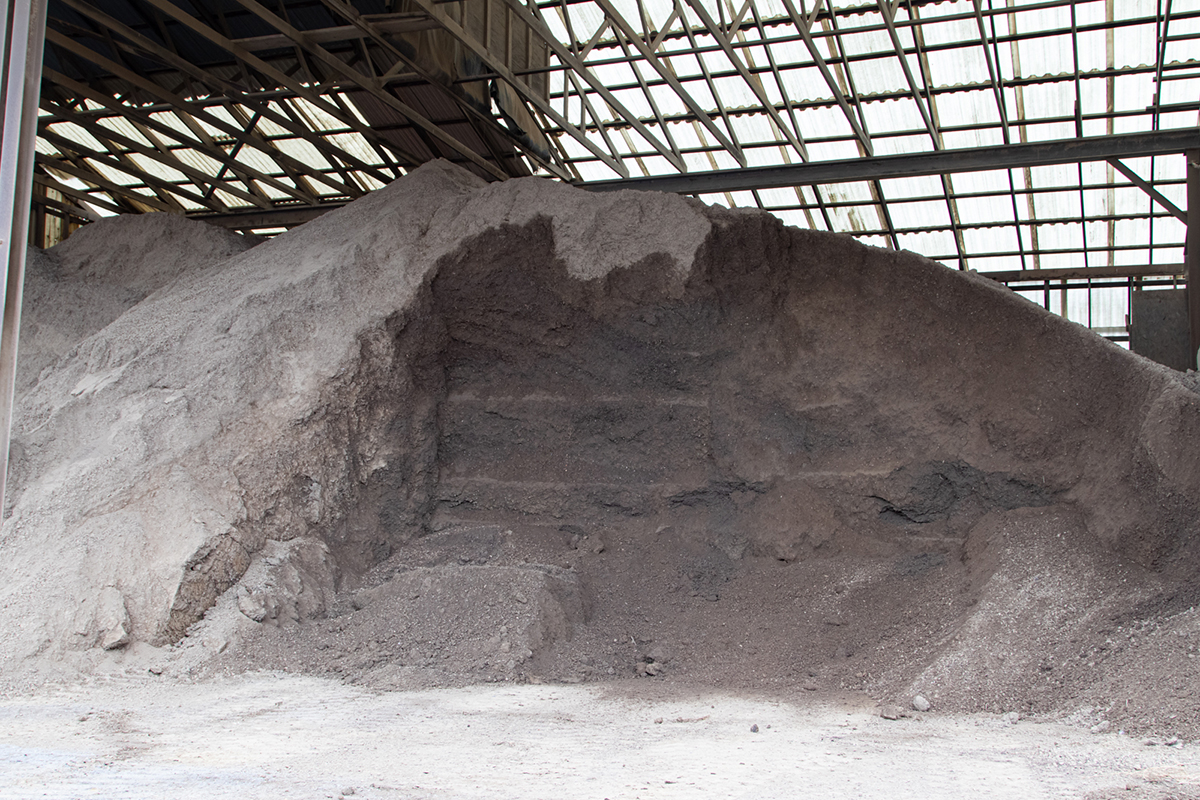We’re in the home stretch of the development of our native plant pollinator rain garden. In the third installment of our series, Jayme will discuss the plants she chose and why she chose them.
In order to set my garden up for success, I try to be thoughtful about the plants I choose. I try to pick the right plant for the right place. In this case, it’s an area that gets mostly sun and there’s lots of moisture in the area. We need to use plants that thrive in those conditions. In addition, we have tons of deer pressure on the property so we need to choose plants that are known to be deer resistant then hope that the deer read the manual!
I mentioned above the concept of “right plant, right place”. This fundamental concept is choosing plant species that are adapted to the location and situation in which they are placed. Plants that are well suited to their site will establish quickly, will have a healthy root system and be healthier plants. For lazy gardeners like me, they will perform well with limited additional input and work. Here are some questions to ask yourself as you’re deciding on plants:
- What is the climate in the area? Is it hot or cold, humid or dry? Plants need to be able to tolerate the local climate.
- What is the soil type? Is it sandy, loamy, or clayey? Different plants thrive in different soil types.
- How much sun does the area get? Is it full sun, partial sun, or full shade? Plants need varying amounts of sunlight to grow properly.
- What is the moisture level in the area? Is it wet, moist, or dry? Different plants have different moisture requirements.
- What is the size of the area? Is it a small space or a large landscape? Plants should be chosen based on the available space.
- What is the purpose of the plant? Is it for aesthetics, privacy, or food production? Different plants serve different purposes.
- What is the growth rate of the plant? Does it grow slowly or quickly? This is important to consider when planning for long-term growth and maintenance.
- What is the maintenance level required? Will the plant require regular pruning, fertilizing, or watering? It is important to choose plants that fit within the available time and resources for maintenance.
By asking these questions, you can select plants that are best suited for the specific conditions of your garden or landscape, and ensure they will thrive and provide the desired benefits.
I purchased these plants at an online native resource called Prairie Nursery (www.prairienursery.com). They arrived in great condition and were carefully packed. I will create a post in the future that lists other sources for native plants.
Buttonbush (Cephalanthus occidentalis) https://www.prairienursery.com/buttonbush-cephalanthus-occidentalis.html
I’ve admired this unique plant for a while and am so excited to find the right spot for it. I will admit, I tried the dwarf variety in another garden last year and it did not fare well because I didn’t follow my own advice about right plant, right place. The area just didn’t get enough moisture and I tried planting it in July, when moisture levels are at their lowest. Live & learn!
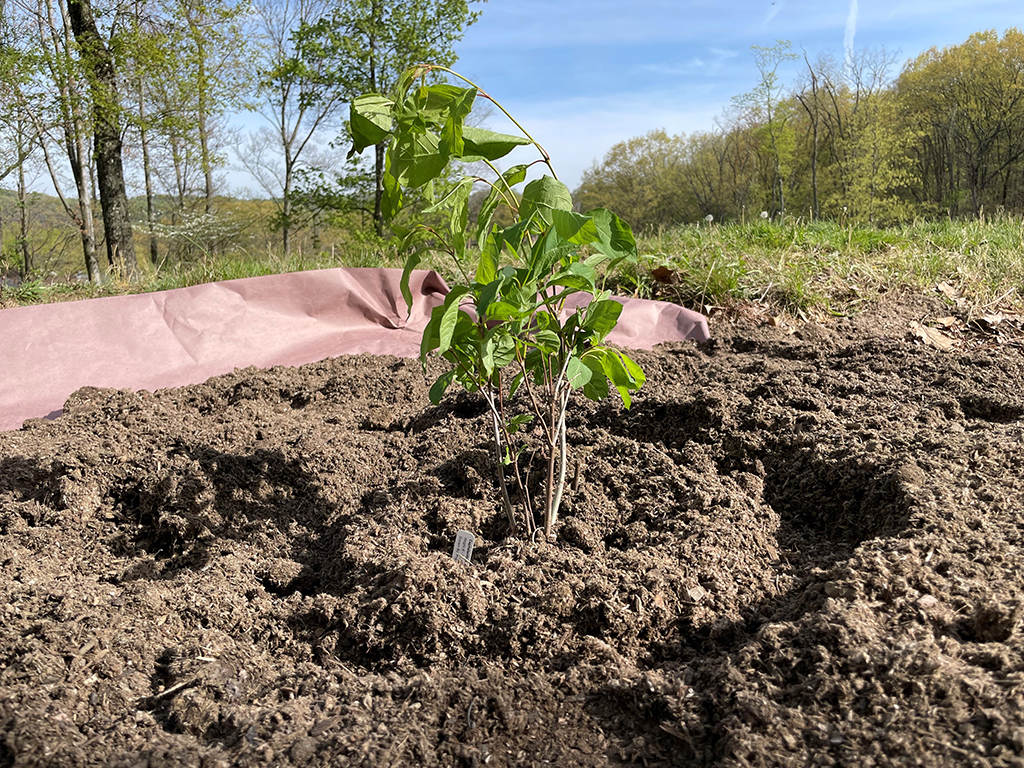
Buttonbush is a native shrub with golf ball sized flower clusters that resemble pin cushions. The fragrant, nectar-loaded clusters are attractive to pollinators like bees, flies, moths, butterflies and even hummingbirds. Waterfowl eat the seeds and Wood ducks like to use the plant structure for protection of brooding nests. We get lots of Mallards on site and the occasional Wood duck so fingers crossed they like it! Buttonbush is adaptable to a wide range of soils but it is not suitable for dry sites.
When planting for pollinators, not only is it important to provide nectar sources, but it is also important to provide host plants. Buttonbush is a host plant for several silkmoths, the Beautiful Wood-Nymph, and other Lepidoptera.
This shrub can grow up to 6-15 feet tall with a spread of 4-8 feet so be sure to place it in a spot where it has room to grow.
Sweet Joe Pye Weed (Eupatorium purpureum) https://www.prairienursery.com/sweet-joe-pye-weed-eupatorium-purpureum.html
Sweet Joe thrives in semi-shade as well as in full sun. It grows 3-6 feet tall and has beautiful pinkish-purple vanilla-scented blooms that attract a wide variety of pollinators like skippers, Swallowtails and Monarchs. It will also attract friends like bumblebees and bee flies. Besides pollinators, you may find tree hoppers, leaf beetles and gnats which are food sources for other insects and birds. Some smaller birds also eat the seeds of Joe Pye Weed. Insects may overwinter in the stalks of this plant so it’s a great excuse to minimize your fall cleanup work! This hardy perennial can tolerate constantly moist soil with occasional flooding so I feel confident it will love the spot I chose.
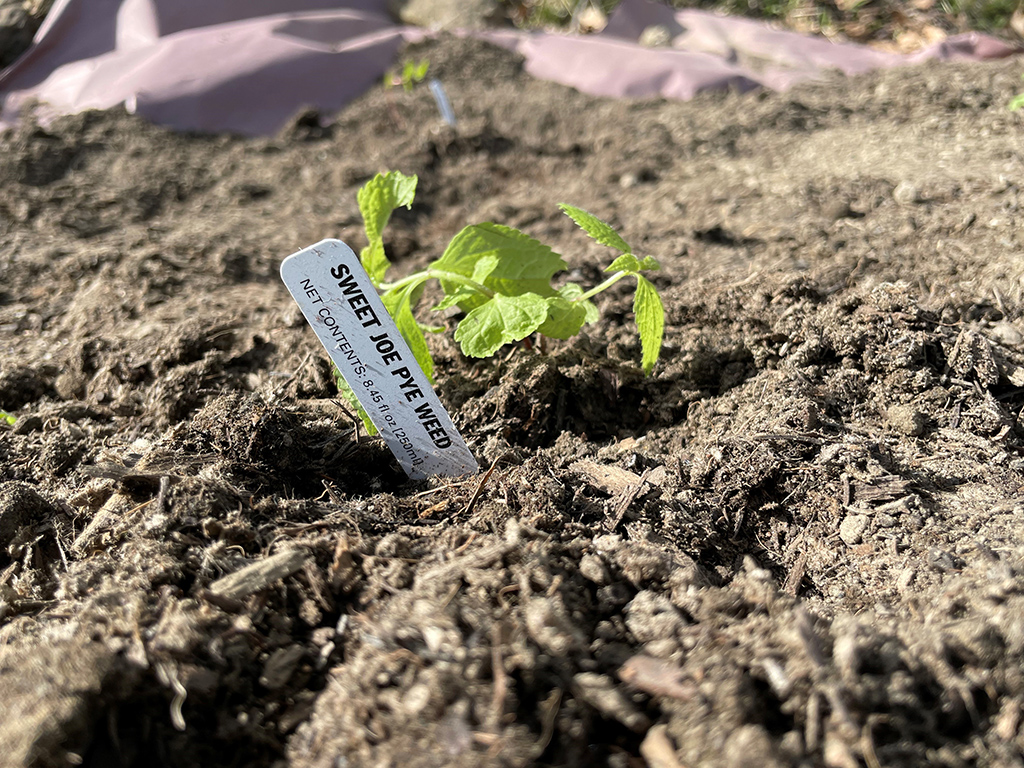
Swamp Milkweed or Red Milkweed (Asclepias incarnata) https://www.prairienursery.com/red-milkweed-asclepias-incarnata.html
This is another exceptional plant for pollinators and is easily grown in moist to wet soil, even thriving in average soil to mucky clay soil. Hawk moths, Swallowtails, Fritillaries, Monarchs, skippers, bumble bees and even hummingbirds will spend time visiting the fragrant blooms. It is also a host plant for the Monarch butterfly, Queen butterfly, Dogbane Tiger moth and the Milkweed Tussock moth. This plant is similar in height to Sweet Joe Pye Weed so I think they’ll complement each other well.
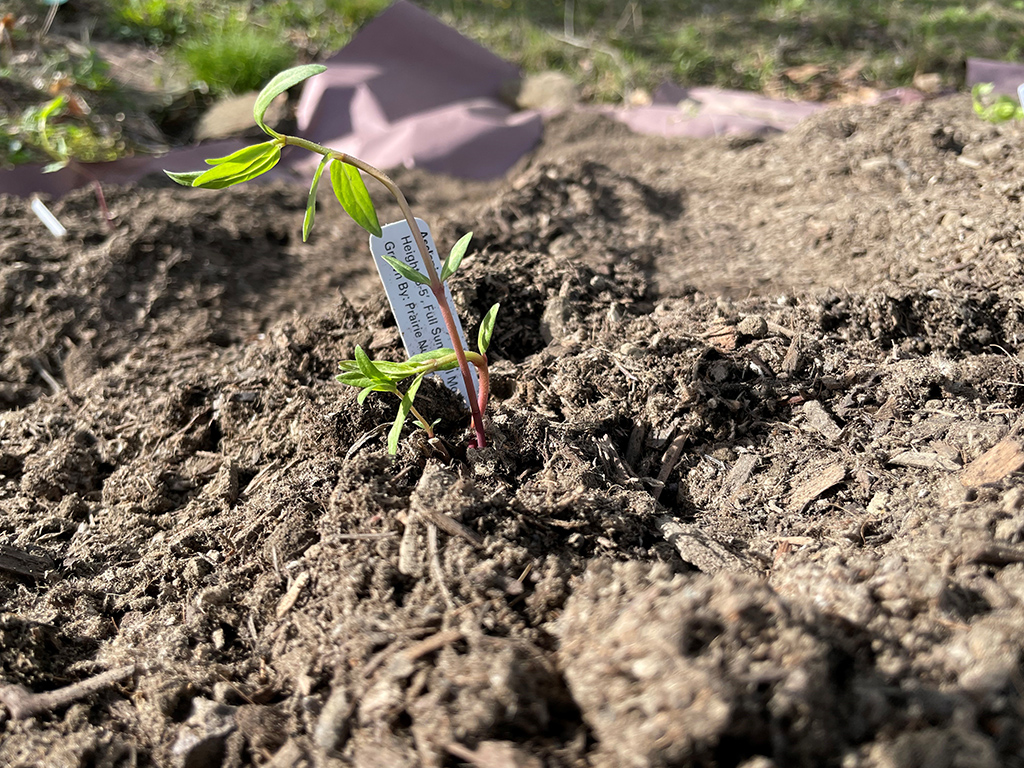
While these 3 foundation plants get established, I will supplement the empty space in between with annual zinnias. They are native to North America, easy to grow from seed, are favorites of pollinators, bloom all summer long and are just plain beautiful with their wide variety of bright colors. They also make a great cut flower if you enjoy fresh flowers in the house like I do!
